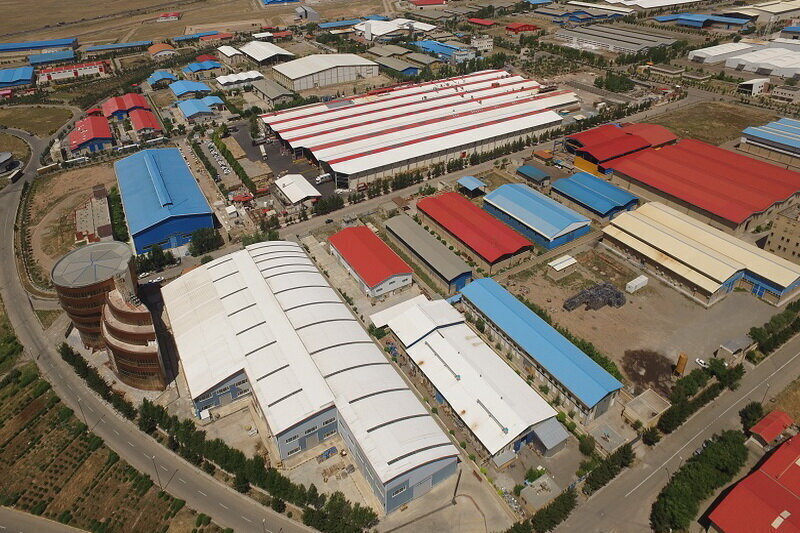31 production units put into operation in Maku FTZ since last March

TEHRAN- As announced by an official with Maku Free Trade Zone Organization, 31 production units have been put into operation in the industrial and mining sectors of the Maku FTZ, in Iran’s northwestern province of West Azarbaijan, since the beginning of current Iranian calendar year (March 20, 2020).
Arash Yousefzadeh, the production facilitation director of the organization, also said that in this way one unit has been inaugurated each week on average since the year start.
As announced by another official with the mentioned organization, 120 industrial units are active in Maku Free Trade Zone.
Ebrahim Jalili, the deputy head of Maku Free Trade Zone Organization for investment and economic affairs, said that enjoying this number of units, the zone has become one of the most active regions in terms of production and industry in the northwest of the country.
Maku is one of the seven major free zones of Iran.
It has 140 kilometers of border with Azerbaijan Republic and 130 kilometers of border with Turkey.
As Maku is among the most newly-established and also the largest free zones of the country, there is a high need for the creation of infrastructures in this zone.
The establishment of free trade zones in Iran dates back to the Iranian calendar year 1368 (March 1989- March 1990) following the fall in the country’s oil income in the preceding year which prompted the government to promote non-oil exports.
The first two free trade zones of Iran were established in the south of the country. The first one was Kish Free Trade Zone established in 1368 on Kish Island in the Persian Gulf and the second one was Qeshm Free Trade Zone established the year after on Qeshm Island in the Strait of Hormuz.
Some five other free trade zones have been also established in the country since then, including Chabahar in southeastern Sistan-Baluchestan Province, Arvand in southwestern Khuzestan Province, Anzali in northern Gilan Province, Aras in East-Azarbaijan Province and Maku in West-Azarbaijan Province, both in the northwest of the country.
Considering the important role that the free zones play in promoting the country’s export and employment, Iran is seriously pursuing the development of its existing zones and the establishment of new zones as well.
More development measures in this field have been taking since the U.S. re-imposition of sanctions on the Iranian economy in November 2018, as Iran is reducing its dependence on the oil income while elevating its domestic production and non-oil exports.
Although the sanctions have disrupted Iran’s economic activities, they could not impede the development of Iranian free zones; in fact, the development of these zones has been even accelerated.
Many strides made for increasing activities in the free zones have played a significant part in boosting the country’s non-oil exports and brought prosperity in the other economic sectors.
MA/MA
Leave a Comment